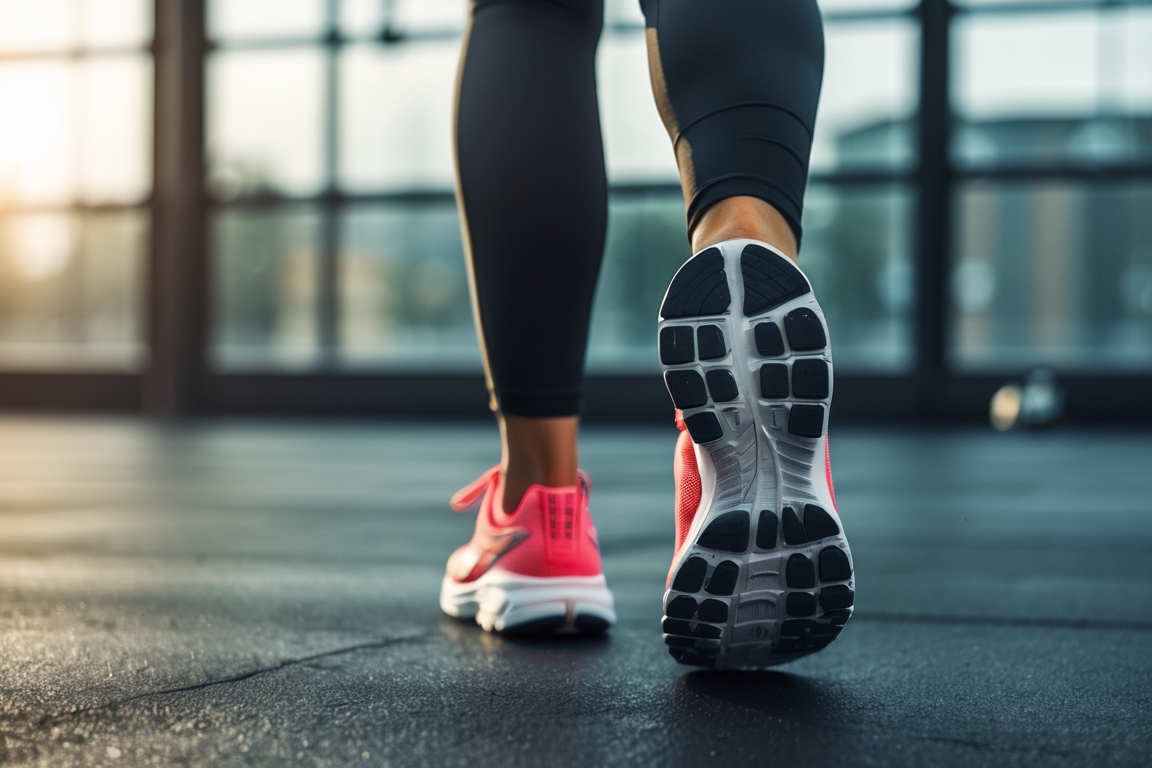Cancer is a word that often brings fear and uncertainty. With more than 18 million new cancer cases diagnosed globally every year, it’s easy to feel powerless. But here’s the good news: research consistently shows that up to 50% of cancer cases may be preventable through lifestyle choices.
While there’s no surefire way to guarantee you’ll never face a cancer diagnosis, you can take proactive steps to dramatically lower your risk. Prevention isn’t about one drastic change — it’s about daily habits that build a healthier body and environment over time.
In this article, we’ll walk you through science-backed lifestyle changes that can help reduce your cancer risk — and improve your overall quality of life.
1. Don’t Smoke (and Avoid Secondhand Smoke)
Tobacco use remains the leading preventable cause of cancer worldwide. It’s responsible for about 22% of cancer deaths and is linked to cancers of the lung, throat, mouth, pancreas, bladder, and more.
- Quitting at any age has immediate and long-term benefits.
- If you don’t smoke, avoid environments where you might inhale secondhand smoke.
Need support? Nicotine patches, support groups, and smartphone apps can boost your chances of quitting successfully.
2. Eat a Cancer-Fighting Diet
There’s no single “anti-cancer” food, but eating a balanced, plant-based diet can lower your risk for several types of cancer.
- Load up on fruits, vegetables, and whole grains. Their fiber, antioxidants, and phytochemicals help protect cells from damage.
- Limit red and processed meats. Studies link processed meats like bacon and hot dogs to colorectal cancer.
- Cut back on sugar and refined carbs, which can contribute to obesity — a risk factor for several cancers.
- Drink green tea or coffee. Some studies suggest they may offer protective effects thanks to antioxidants and polyphenols.
Think of your plate as your first line of defense.
3. Move More, Sit Less
Physical activity doesn’t just boost mood and energy — it also lowers your risk of colon, breast, and endometrial cancers.
- Aim for at least 150 minutes of moderate exercise or 75 minutes of vigorous activity per week.
- Include a mix of cardio and strength training for the best results.
- Try walking, swimming, cycling, dancing — whatever you enjoy.
Even light movement throughout the day, like taking walking breaks or standing while working, can make a difference.
4. Maintain a Healthy Weight
Excess body fat, particularly around the abdomen, produces hormones and inflammatory signals that may promote cancer growth. Obesity is linked to at least 13 types of cancer, including liver, kidney, ovarian, and pancreatic.
Healthy weight isn’t about being thin — it’s about body composition and reducing visceral fat. Pair balanced eating with regular activity, and focus on long-term habits over fad diets.
5. Protect Your Skin
Skin cancer is the most common cancer in the U.S., and it’s largely preventable.
- Avoid tanning beds and sunburns.
- Use broad-spectrum sunscreen (SPF 30+) every day, even on cloudy days.
- Wear hats and sunglasses, and seek shade between 10 a.m. and 4 p.m.
- Check your skin monthly for new or changing moles, and visit a dermatologist annually.
6. Limit Alcohol Consumption
Alcohol increases the risk of at least seven types of cancer, including breast, liver, and esophageal cancer. The risk rises with the amount consumed.
If you drink, keep it moderate:
- Women: up to 1 drink per day
- Men: up to 2 drinks per day
The safest amount for cancer prevention, according to the American Cancer Society, is none at all — but any reduction helps.
7. Get Regular Screenings
Cancer screening tests can detect disease early — sometimes even before symptoms appear. Early detection saves lives.
Talk to your doctor about which tests are right for you based on your:
- Age
- Gender
- Family history
- Lifestyle factors
Common screenings include:
- Mammograms for breast cancer
- Pap smears and HPV tests for cervical cancer
- Colonoscopy for colorectal cancer
- Low-dose CT scans for lung cancer (if you’ve smoked heavily)
8. Reduce Exposure to Carcinogens
Chemicals in the home and workplace can play a role in cancer risk. Limit exposure to:
- Pesticides
- Asbestos
- Radon gas (have your home tested)
- BPA and phthalates in plastics
- Diesel exhaust and air pollution
Choose non-toxic cleaning products, use air purifiers, and ventilate well when cooking indoors.
Final Thought: Prevention Is Power
While no lifestyle is cancer-proof, small daily choices can significantly stack the odds in your favor. You don’t need to be perfect — but every cigarette you don’t smoke, every veggie you eat, and every walk you take adds up.
Cancer prevention isn’t just about living longer — it’s about living better, with more energy, fewer chronic conditions, and a stronger sense of control over your well-being. Your future self will thank you.













